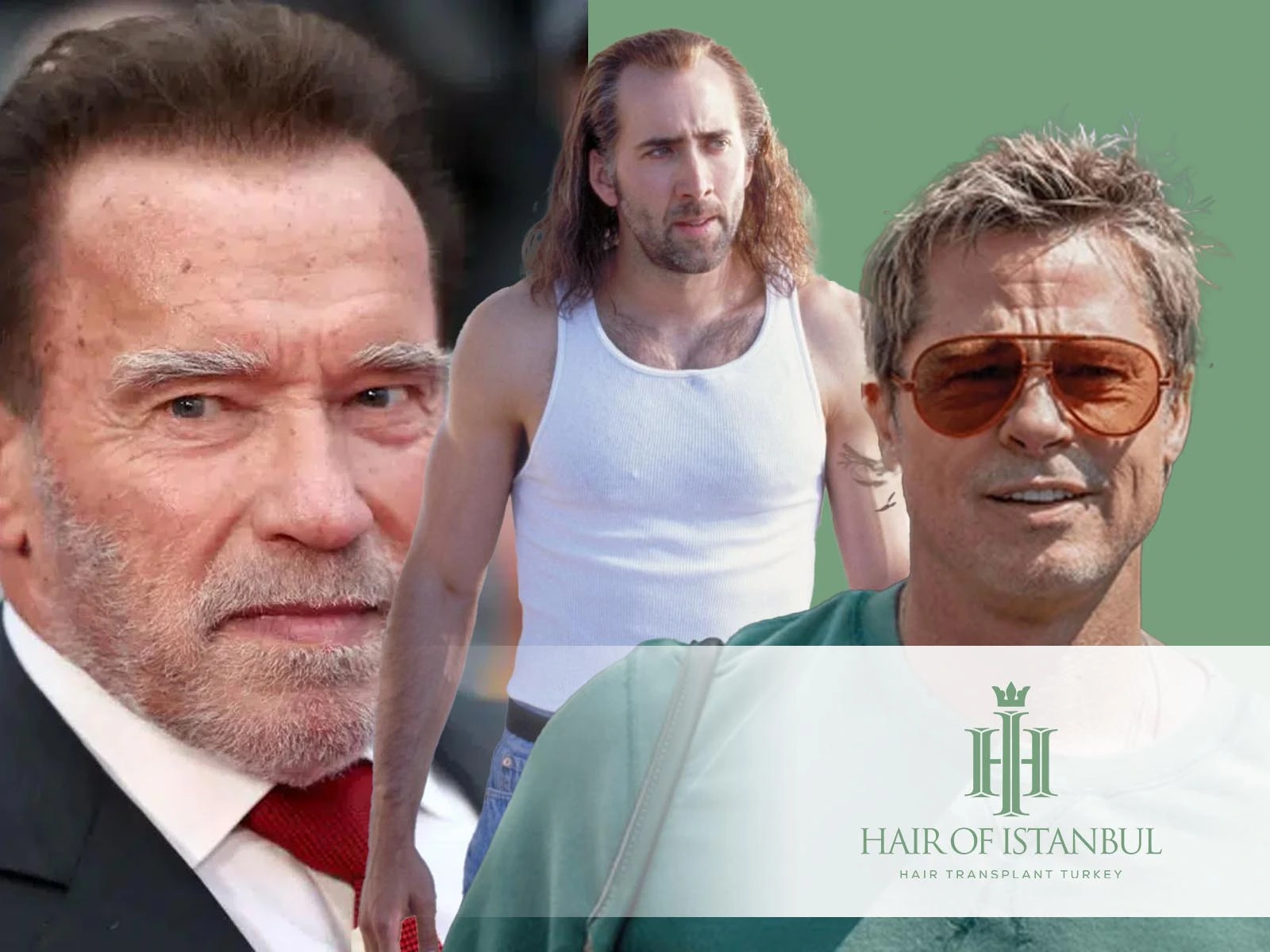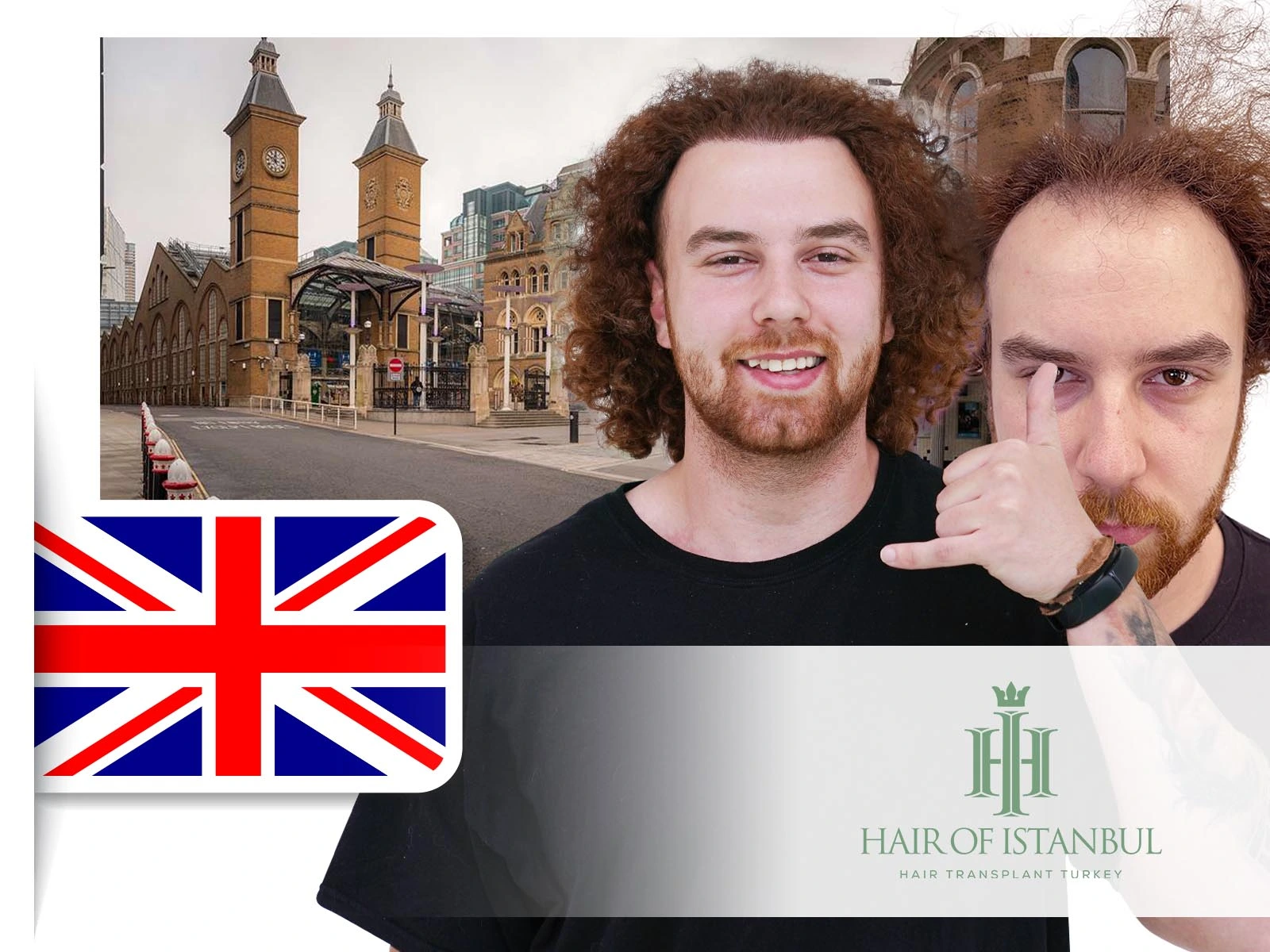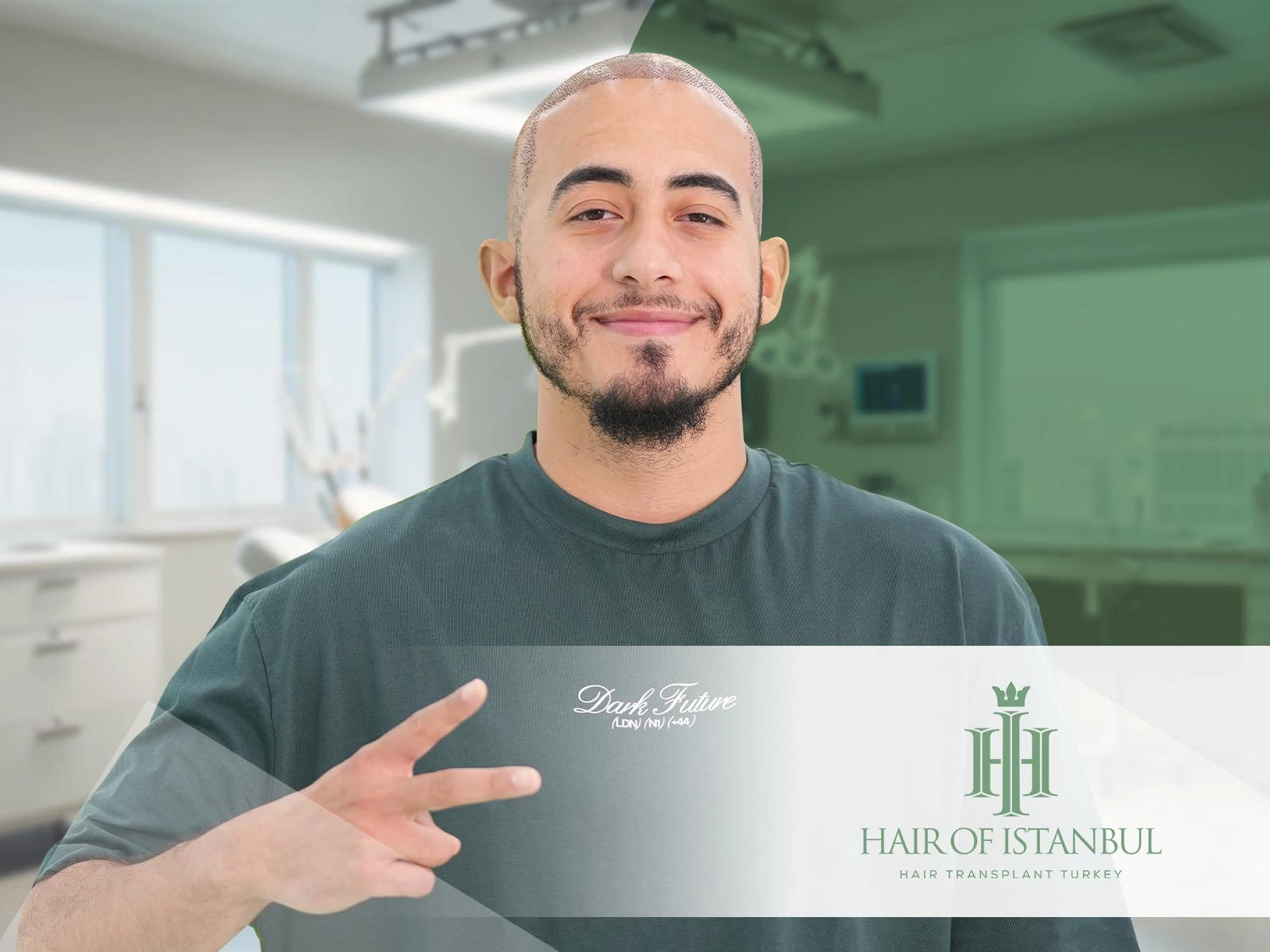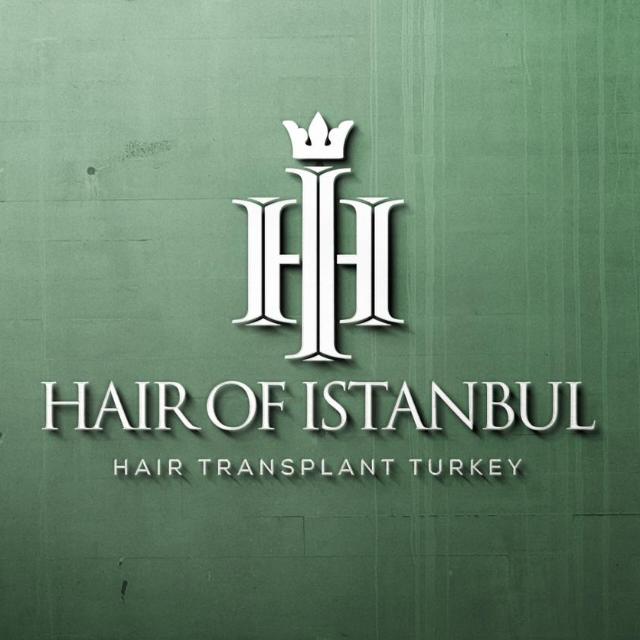Hair Transplant Sleeping Position: How to Sleep Safely After Surgery
A successful hair transplant doesn’t end when the procedure is over—how you care for your grafts in the first few days is just as important. One of the most critical aspects of recovery that many patients underestimate is your hair transplant sleeping position. Sleeping incorrectly can damage freshly implanted grafts, delay healing, or even cause infection.
At Hair of Istanbul, a leading hair transplant clinic in Turkey, patients receive clear, personalized guidance on how to sleep after their procedure—whether they’ve had a FUE hair transplant, DHI hair transplant, or a more specialized treatment like a female hair transplant or afro hair transplant. Correct sleep posture not only ensures graft protection but also contributes to smoother, faster healing.
Why Hair Transplant Sleeping Position Matters After Surgery
Following hair transplant surgery, the scalp is sensitive and slightly swollen. This makes it vulnerable to pressure, friction, and movement—especially during sleep. Lying flat or turning your head sideways can disrupt the grafts, causing dislodgement or uneven healing.
To prevent this, clinics like Hair of Istanbul recommend sleeping on your back with your head elevated at a 45-degree angle. Hair Transplant Sleeping Position reduces swelling and keeps the recipient area free from contact. For procedures involving a 3000 grafts hair transplant or more, this practice is especially important due to the larger treated surface area.

Tips for Maintaining a Safe Hair Transplant Sleeping Position
Use multiple pillows or a travel neck pillow to prevent rolling onto your side
Avoid sleeping on your stomach or using tight headgear
Choose clean pillowcases and sleep in a slightly reclined position
Don’t scratch or touch your scalp, especially in the first 5–7 nights
These recommendations apply regardless of procedure type. Patients who undergo hair transplant long hair sessions, for example, often assume that longer hair offers protection—but the implanted roots are just as vulnerable.
Before and After Hair Transplant: How Sleep Influences Results
When comparing before and after hair transplant outcomes, one often overlooked factor is how well the grafts were protected during early recovery. Improper sleeping posture can cause micro-trauma, leading to patchy growth or lower graft survival. Conversely, following your surgeon’s instructions—especially regarding sleep—ensures consistent and natural-looking hair transplant results.
By hair transplant 3 months, most patients notice new hair growth beginning to emerge. Proper aftercare, including sleep habits, contributes significantly to this progress.
Different Needs for Different Patients
Recovery strategies aren’t one-size-fits-all. For instance:
Hair transplant for women often targets the hairline and temple areas, requiring added care when sleeping to avoid frontal contact
Man hair transplant procedures, especially with shaved donor areas, require scalp ventilation and elevation
Afro hair transplant patients may experience more post-op sensitivity due to curl patterns and should avoid pressure on the crown area
Whether you’ve chosen FUE, DHI, or another approach, tailoring your sleep setup to your hair type and treatment area is essential.
How Hair Transplant Clinics Guide You Through Recovery
Top-rated clinics like Hair of Istanbul not only perform advanced procedures but also provide comprehensive hair transplant care after the surgery. This includes detailed instructions on hygiene, medications, physical activity restrictions, and—most critically—sleeping posture. Their patient-first philosophy ensures that no question is left unanswered, from sleeping techniques to shampoo usage.
Especially for international patients visiting for a hair transplant in Istanbul, this level of support ensures confidence and clarity throughout their stay.
Bu gönderiyi Instagram’da gör
Is Downtime Worth It? Considering Cost vs. Comfort
Some patients are tempted by a cheap hair transplant, but these often lack proper after care guidance—putting your grafts and results at risk. Remember, hair transplant cost isn’t just about the surgery—it includes follow-up, care instructions, and the assurance that your recovery will be supported at every stage.
In contrast, clinics in hair transplant Turkey—especially trusted names like Hair of Istanbul—offer complete care packages that focus not only on the procedure but also on the healing journey.
Hair Transplant Sleeping Position: Sleep Smart, Heal Strong
Your hair transplant sleeping position may seem like a small detail, but it plays a critical role in ensuring successful graft survival and optimal healing. Whether you’ve had a 3000 grafts hair transplant, a female hair transplant, or a complex DHI session, your sleeping posture can make the difference between an average and an exceptional result.
Trust your clinic, follow your aftercare plan, and prioritize proper rest—because the quality of your recovery depends on more than just the surgery itself.






